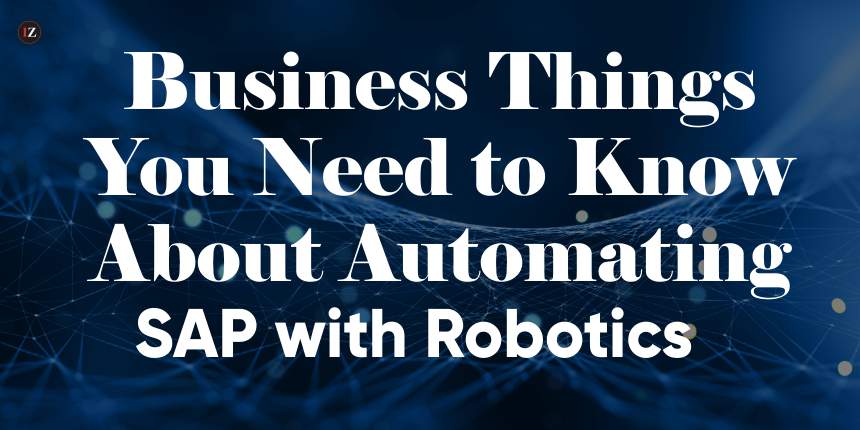In this era, software automation keeps growing, companies such as SAP will embrace the opportunities that automation offers in terms of connecting users across different applications. As technologies such as Robotic Process Automation (RPA) learn from user and machine behavior, they can form new logical connections without the burden of complex software and APIs.
Conclusively, the pandemic has impacted business priorities in far-reaching ways. This global crisis has pushed businesses to pivot on a dime as they respond to changing factors such as customer needs, market, and new priorities. Even companies that were slow to adopt automation have begun leveraging powerhouse processes like Robotic Process Automation (RPA).
The widely held of processes that make great candidates for automation are related to data migration reading data, processing data and transferring it to somewhere new. While some data-related tasks are rather complex and require human intelligence, creativity and critical thinking, others are prone to error when performed by humans. These are the most repetitive, tedious, and boring tasks, which means people are usually more than happy to let robots perform them.
Robots have the advantage that they never get drained and don’t suffer from information overload, which can be an advantage particularly when automating SAP, because SAP software is often complex and can be difficult to navigate in a fast and efficient manner. Robots see only what they’re asked to see, such as which data to pull, which fields to fill, and which buttons to press. When people’s time is freed up as a result of RPA, they can focus their time on those tasks that require human intelligence, creativity and critical thinking.
Maximize business process performance –
The result of this increase in productivity and efficiency, which naturally means reduced overall costs. Particularly when combined with an automation tool that allows you to design your automation flows quickly and with ease. In order to stay safe from the hell of unreliable, erroneous information in an ever-changing world, recommended solution is to grow SAP applications through robotic process automation.
Robots has capacity for quick and accurate comparison of prices, goods availability, raw material, and delivery times makes them the perfect candidates to carry out the evaluation of your company’s suppliers. The purchase order follow-up process is also nicely amenable to automation, given that software robots can check vendor’s acceptance of the purchase order, PO fulfillment, as well as receipts and invoices availability and correspondence with the order.
Data about incoming sales orders usually comes in a variety of forms, like emails or email attachments, paper documents, Excel spreadsheets, etc. Software robots can use optical character recognition to scan the data. Consequently, it can easily be entered in SAP, and then Sales Order can be booked. Ultimately, Robots can initiate the fulfillment of Sales Order. These few steps illustrate full automation of SAP Sales Order.
Before COVID-19, RPA has played a vital role in delivering digital transformation, driving-up productivity, improving work capacity, and augmenting overall worker satisfaction. During the COVID-19 crisis, RPA enabled businesses to take urgent action to reduce the pandemic’s negative impacts. This allowed companies to turn resources around to ensure business continuity. Moving forward, SAP RPA will facilitate business continuity and future growth of organizations as they emerge from the current economic downturn.
Today’s solutions encompass services that manage workflows and business rules for decision logic to provide end-to-end process visibility. Architects can design and implement structured, automated processes in the cloud, while intelligent RPA helps run repetitive, rule-based, and user interface-focused tasks. An intelligent Business process management (BPM) workflow can trigger intelligent RPA bots and vice versa. RPA can be used as a middleware to gather data from core systems or external websites.




